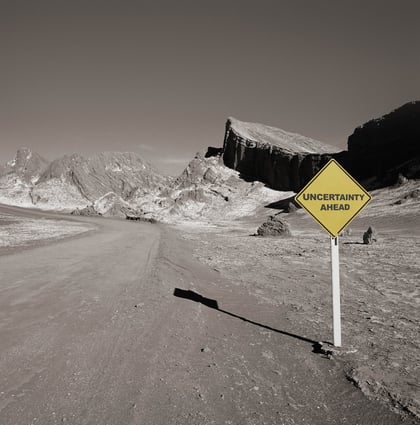Last week, during the lull of Thanksgiving, AM Best published one of their most interesting articles of the year (mind the subscription wall). Regular readers of the Risks of Hazard will know that a study called Systemic Risk of Modelling in Insurance: Did your model tell you all models are wrong? is a winning topic. Thank you to the authors at Amlin and Oxford for initiating this three-year study (which is just getting going).
Where to start with such a rich vein of material? Here is some context:
- models have limitations
- models are biased
- models make generalizations not always compatible with their use
- models are built with incomplete or flawed datasets
There are more blog posts from the past year that explore the limitations of using models, so feel free to browse.
While our exploration of models is usually focused on using models for risk assessment and underwriting, the study takes a broad view of models used within insurance; including peril models, cat models, financial models, and capital models. The central premise is that each model introduces uncertainty, and thus risk (because they are models, and thus not perfect), and these model-induced risks can’t be solved (because they are systemic) but must be managed. The study will explore the nature of this systemic risk, and determine some ways to manage it. Amlin World elaborates:
Commenting on the three-year programme, which began last year, Jean-Bernard Crozet, Head of Group Underwriting Modelling at Amlin, says: “We believe that the idea of ‘systemic risk of modelling’ resonates with many people in our industry. But like any systemic issue, it is complex and addressing it will require strong collaboration across the industry and academia. We hope that funding public research will help bring the best minds together, so that as an industry we find ways to manage and mitigate this risk for the benefit of our clients and stakeholders.”
Risk assessment for underwriting is a more specialized application of models, without the systemic risk, but with the same problem of model uncertainty. There is no way to define the risk of something happening to a property at a specific location, but underwriting requires the best possible estimate, and models are widely used to provide that estimate. The impact of those model imperfections can be reduced and managed with Risk Scoring by including diverse models and additional types of data in risk assessment analytics. Uncertainty can’t be removed from risk assessment, but it can be quantified and minimized.
With better risk assessment and tighter underwriting, the happy result is the introduction of less risk into the insurance “riskflow” (I just made that word up). For insurers, the overall systemic risk is reduced intrinsically if less uncertainty is introduced to their systems, and improved underwriting reduces that uncertainty. As the above study reaches industry-wide conclusions in two years, the premise can be applied right now to underwriting.

